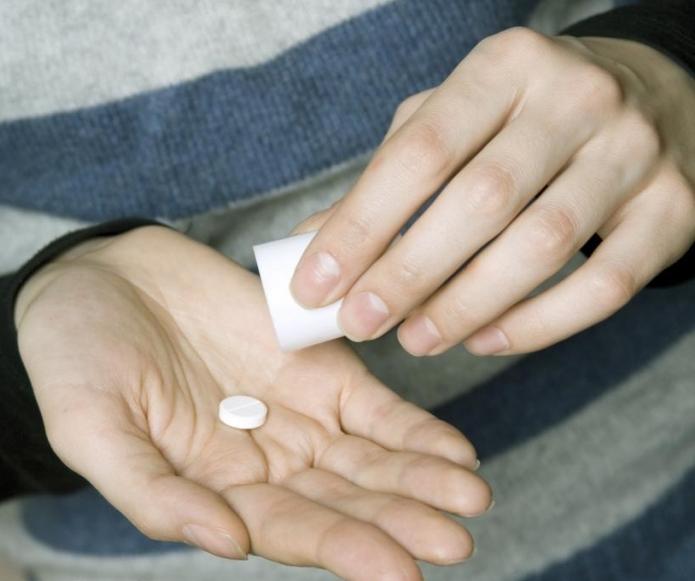Diuretics, their purpose, properties, application
Diuretics, or easier diuretics, aresubstances that promote the excretion of urine and reduce the amount of fluid contained in the serous cavities and tissues of the body. Most often, diuretics are used as an aid in the treatment of diseases of the heart, kidneys, liver, which are accompanied by edema. Diuretics are designed only to reduce or eliminate stagnant phenomena, and the main treatment should eliminate the pathological process that provokes the accumulation of excess fluid in the body.
The very first diuretic drugs are higheffectiveness appeared about a hundred years ago, when the diuretic effect of mercury, or rather its compounds used in the treatment of syphilis, was discovered by accident. Currently, due to its high toxicity, mercury diuretics are no longer being used, but the study of these drugs played a big role in the formation of a modern concept of the extrarenal and diuretic mechanisms of the action of diuretics.
In addition to the previously used obsoletemercury diuretics, which are xanthine derivatives, many other more effective drugs have been synthesized and used: dichlorothiazide, furosemide cyclomethiazide (benzothiadiazine derivatives), diacarb (inhibitor of carbonic anhydrase), pterophane-triamterene, alacyl (derivatives of pteridine and pyrimidine), etc.
In addition to medicines to combataccumulation of excess fluid in the body are widely used natural diuretics (plant), such as leaves of cowberry and bearberry, various kidney teas, birch buds, diuretics No. 1 and No. 2, grass horsetail field.
The main effect of diuretics isincreased renal excretion of sodium ions and water. Due to its ability to influence water and electrolyte balance, vascular tone and blood volume, diuretics are very often used as antihypertensive agents. Diuretics that have a strong diuretic effect, due to the acceleration of renal excretion, are used in the course of treatment of poisonings with various water-soluble substances.
A single action that takes into account all aspects of the actiondiuretics, classification to date does not exist. All diuretics, having a different chemical structure, differ from each other in their localization, mechanism, force of action, the speed of the onset of the effect, its duration and side effect. For a long time, the classification of diuretics was based on their chemical structure, there were also attempts to classify them according to the nature of the effect on the kidneys, but for many diuretics, there is also an intrinsic effect. Therefore, all diuretics are more rationally classified according to the mechanism of their action.
Based on the pharmacodynamics of drugs, all modern diuretics are divided into three groups:
- potassium-sparing diuretics, increasing the release of sodium and slightly affecting the excretion of potassium. These include amiloride, triamterene, spironolactone and eplerenone.
- saluretics - thiazide derivatives, thiazide-like, loop diuretic, inhibitors of carbonic anhydrase.
- osmotic diuretics, increasing the pressure in the tubules and preventing the reabsorption of water - mannitol, urea.
In addition to classifying pharmacodynamics, diuretics are classified according to the rate of onset and duration of this effect.
By force of action distinguish: a weak, medium and strong diuretic. The rapidity of the onset of a diuretic effect distinguishes between emergency (fast) action drugs - 30-40 minutes, medium action - 2-4 hours, slow action - 2-4 days. By the duration of the diuretic effect: short-acting - 5-8 hours, medium duration - 8-15 hours, prolonged action - several days.
The main area of use of diuretics is cardiovascular pathology, especially circulatory insufficiency with puffiness syndrome and hypertension.
</ p>>



